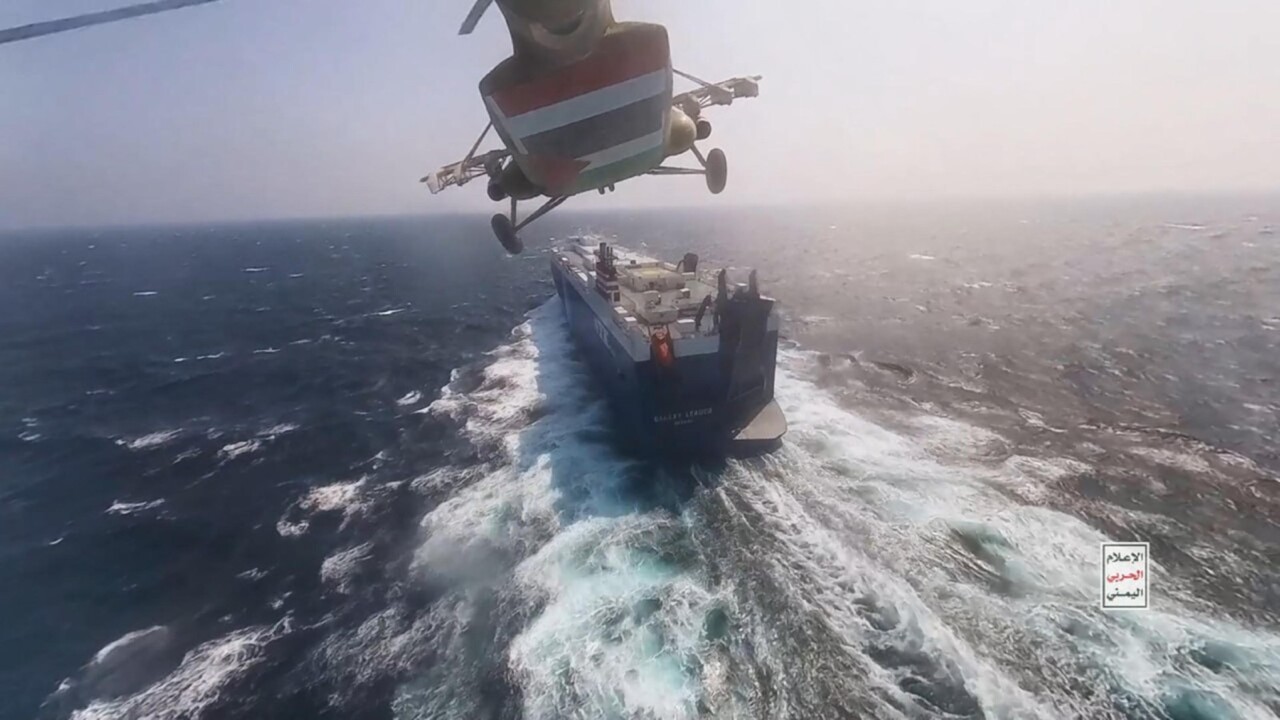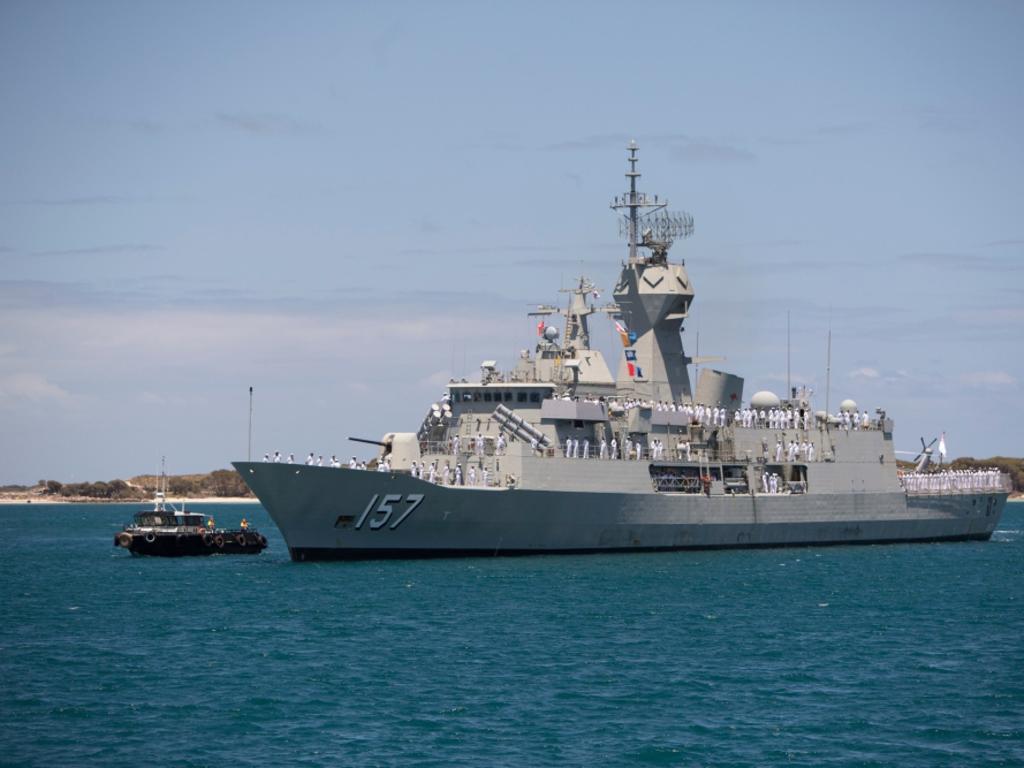
The plans it had to get new warships into the fleet were delivered too late to matter, and the navy’s eight elderly Anzac-class frigates have been wearing out fast and need to be replaced before they break. It’s no surprise that young Australians aren’t signing up to join the navy and skilled sailors and technicians needed to crew our shrinking fleet are leaving. The good news is that Marles has convinced Jim Chalmers to give him $11.1bn in new funding for the navy across the next 10 years to do something about this.

That new money is to be spent on 11 new general-purpose frigates, or at least the first three or four of them, which will need to be more heavily armed than the outgoing Anzac frigates. This money also is to be used to buy six new large optionally crewed surface vessels, which appear to be floating missile launchers.
But, as usual with the Australian Defence Department, the trouble that always seems to follow grand announcements looks like being in the implementation work. The cash will flow slowly for these new warships – with $1.7bn spread across the first four years and most of the money backloaded in the six years after that into the 2030s.
That’s not a lot of cash to set up simultaneously the overseas build program for the first three and the local program at Henderson, south of Fremantle, that is meant to deliver the next eight. Marles says the first ship will arrive by 2030; that’s not fast and can be only a best-case scenario in a cash-poor plan.
In the short to medium term, the government announcing two Anzac frigates will retire means fleet numbers are set to decline further to a mere nine ships before they start to recover, should the new plan work. Things will get worse before they get better.
So, it looks as if efforts to accelerate Defence’s approach to procurement are still to bear fruit.
It should be possible to do the necessary work to rapidly give a credible shipbuilder who is already building the frigates we need for a partner navy a sole source contract to build those ships for our navy.

That would allow them to deliver new warships before 2030 and so do something practical this decade to improve our navy and make it an organisation young Australians want to join.
But from the timing of the cashflow, it looks as if Defence has convinced Marles not to do this and instead rely on the existing Defence approach – ironically labelled continuous naval shipbuilding – that would have delivered no new warships into the navy between 2020 and 2032.
And while all the public focus is going to be on the shiny new things that this latest announcement promises, big bad news is obscured and wrapped up in all the glitter.
It turns out the Hunter-class frigate program, which only days ago we thought was outrageously expensive at $45bn for nine frigates, is in much worse shape than that – now estimated by the government to cost close to $65bn.
The announcement says BAE’s contracts to build these will be cut from nine ships to six but omits to mention the ugly fact it’s probably going to cost at least $45bn now for six of these ships instead of nine and they won’t all get to our navy for almost 20 years.
For anyone paying attention, the continuing scandal of the Hunter frigate program demonstrates precisely why it’s so difficult to be confident in the Defence advice contained in these plans. It’s also why there can be little confidence in Defence’s ability to implement the new plans on time and within the budgets Marles has announced.

The six Hunter frigates will be among the most expensive in the world at about $7.5bn each. Despite plans to put Tomahawk cruise missiles on them, they will remain underarmed for such large vessels. Their 32 missile cells will be hard-pressed to cover area air defence, short-range self-defence and now conduct strikes with the Tomahawk.
In tight budget times and with many urgent demands for funding, it’s hard to see why a project with such out-of-control costs and delays hasn’t simply been cut. Not only would that free up people and funding for our military’s other needs, it would also send a clear message that implementation failure is no longer tolerated.
It’s good that Defence is beginning to show the possibility of noticing the revolution that other militaries are embracing in uncrewed systems.
The optionally crewed surface vessels are at least a start, undercut somewhat by Marles’s insistence that the vessels will be manned.

However, there’s a glaring omission in the new plan for our navy around acquiring anything in the category of “the small, the smart and the many” – such as unmanned surface drones or undersea drones. These can spot and sink adversary warships and be vital complementary capabilities for however many warships Australia’s navy eventually has.
They can be bought in their hundreds for the price of a single large optionally crewed vessel or crewed frigate, and they are made now by Australian companies.
The Chinese navy is having no trouble delivering heavily armed warships into its fleet every year, or acquiring several different kinds of cheap armed surface and undersea drones.
So, the longer it takes Defence to deliver on this week’s plan, the less help we can give partners and allies in deterring conflict, and the less able we will be to protect our own sovereignty.
Following Tuesday’s announcements, the Australian taxpayer should now be left to judge the value of the government’s plans. When things get real with signed contracts, actual deliveries and new recruits to the Navy then we might have something to genuinely applaud.
Michael Shoebridge is founder and director of Strategic Analysis Australia.







It has taken two reviews and 19 months for Defence Minister Richard Marles to understand the Royal Australian Navy is broken.